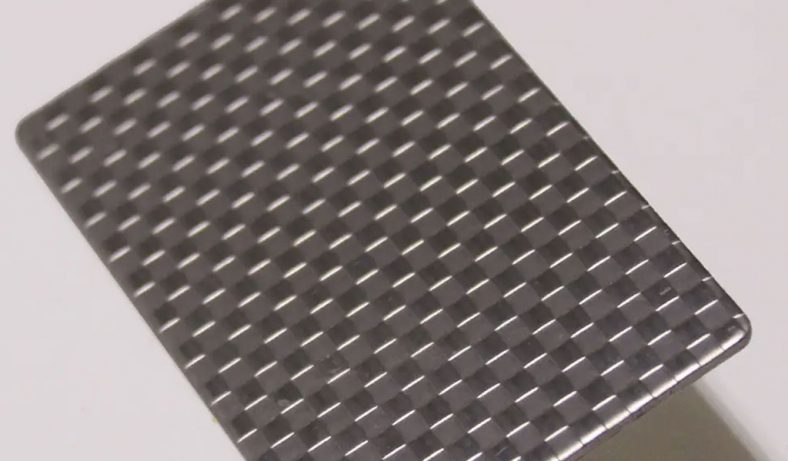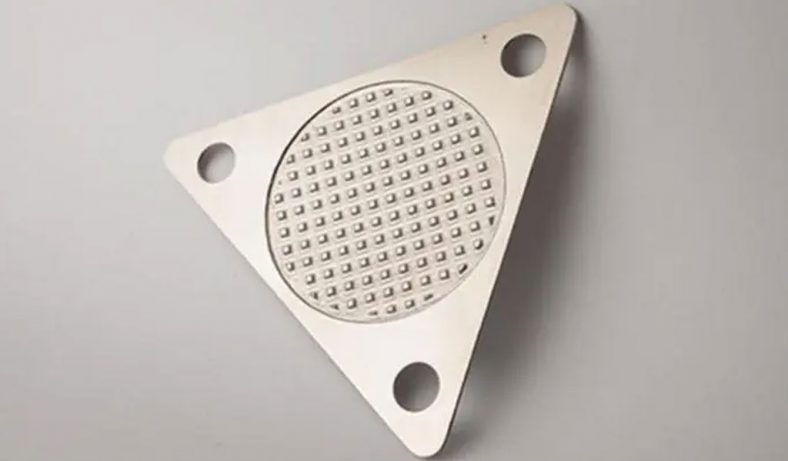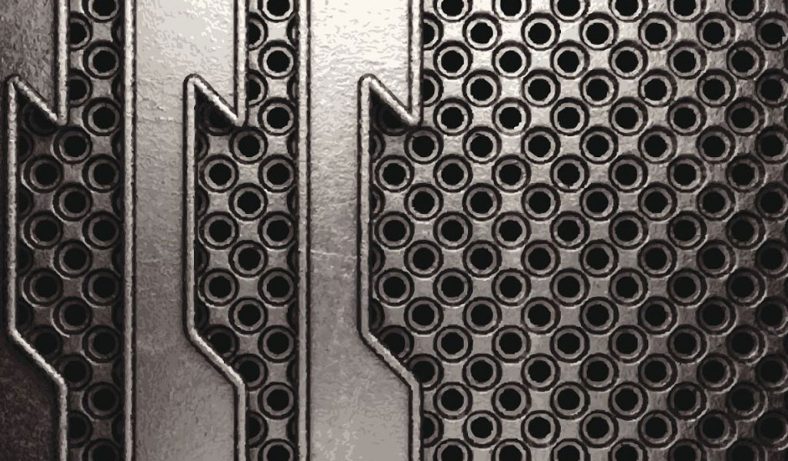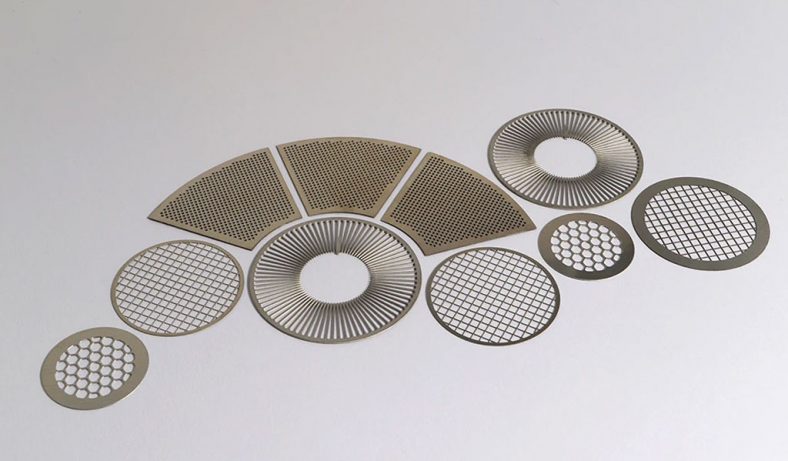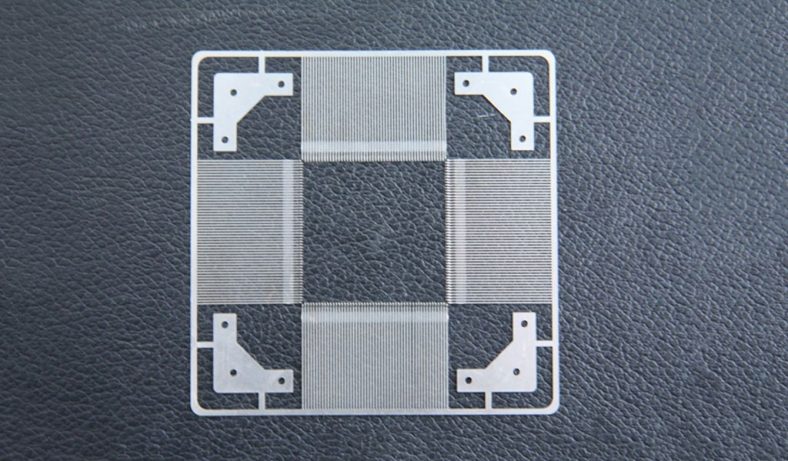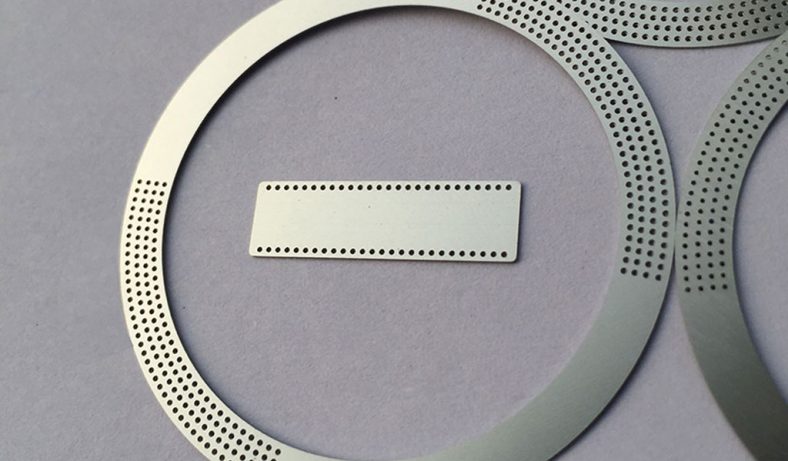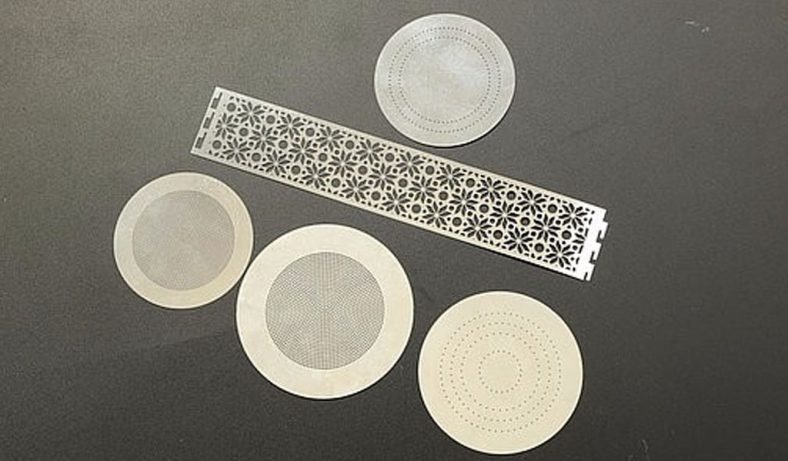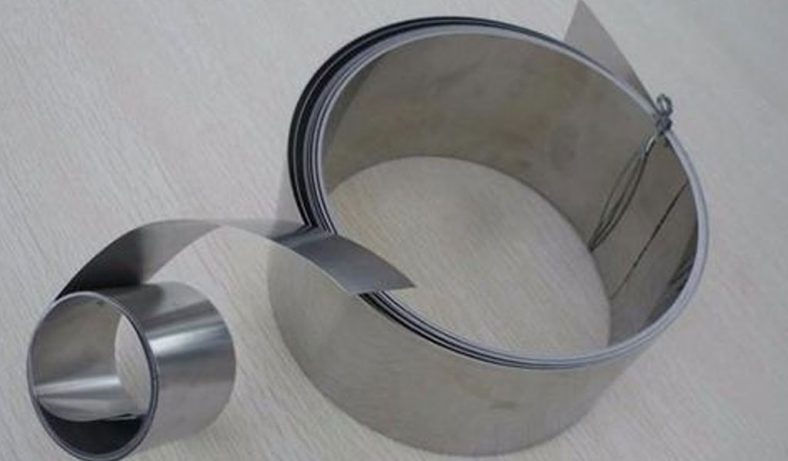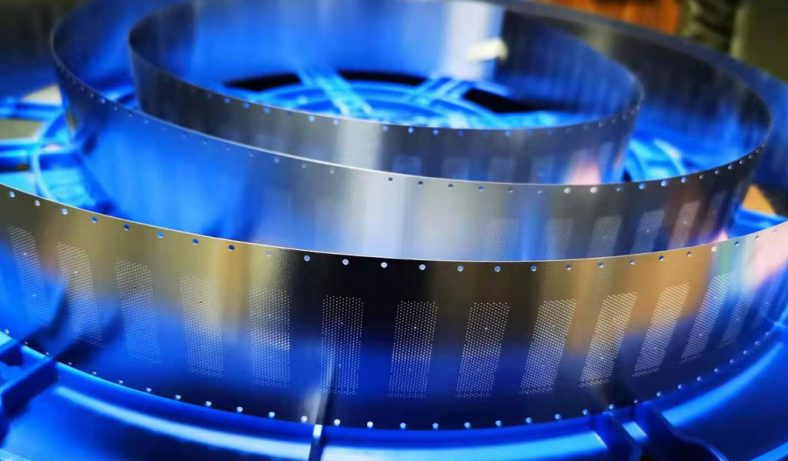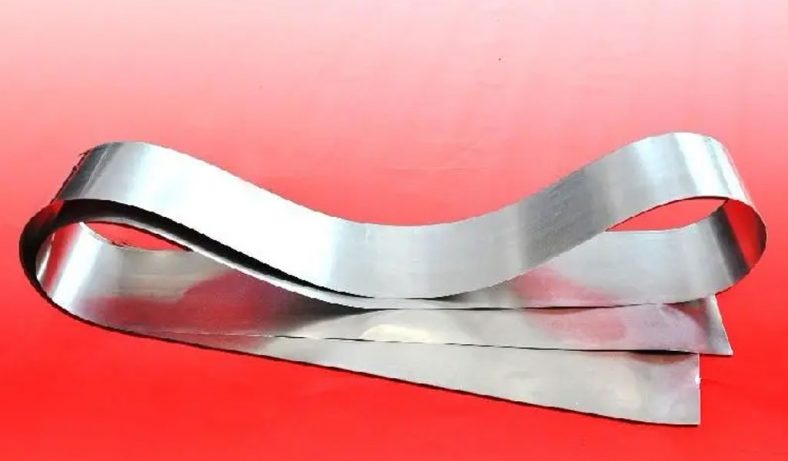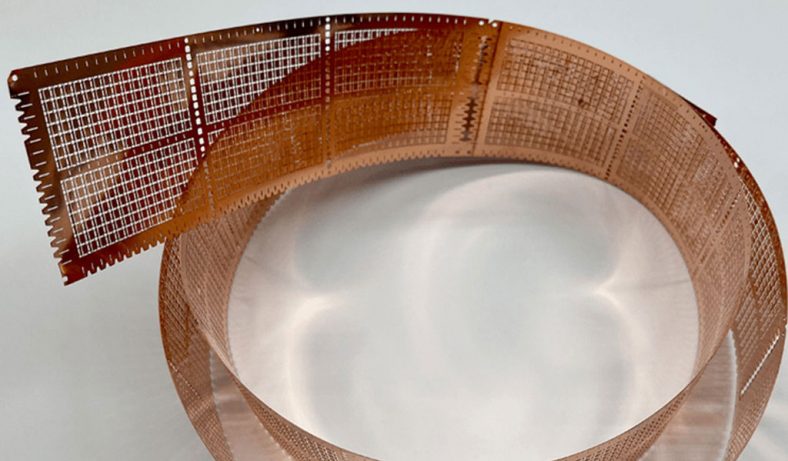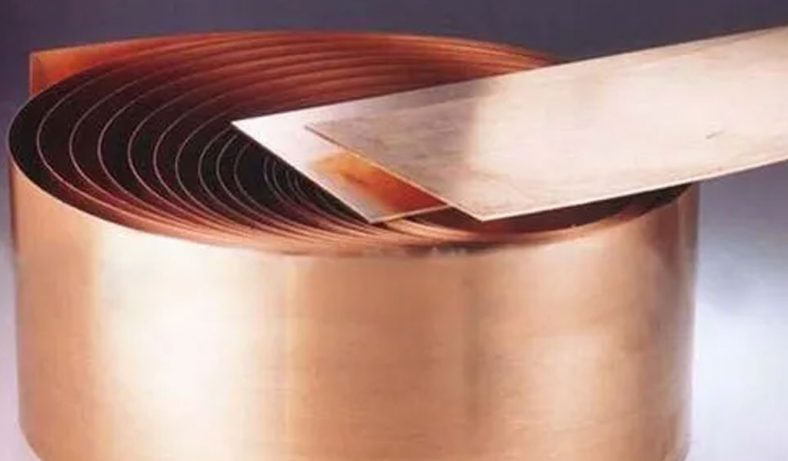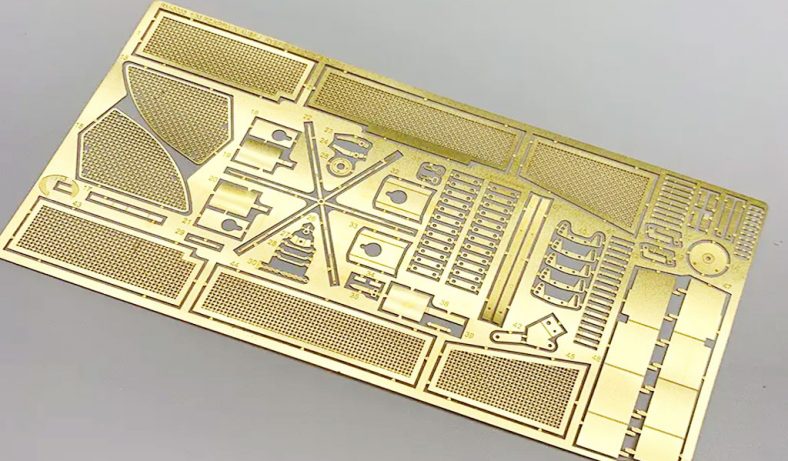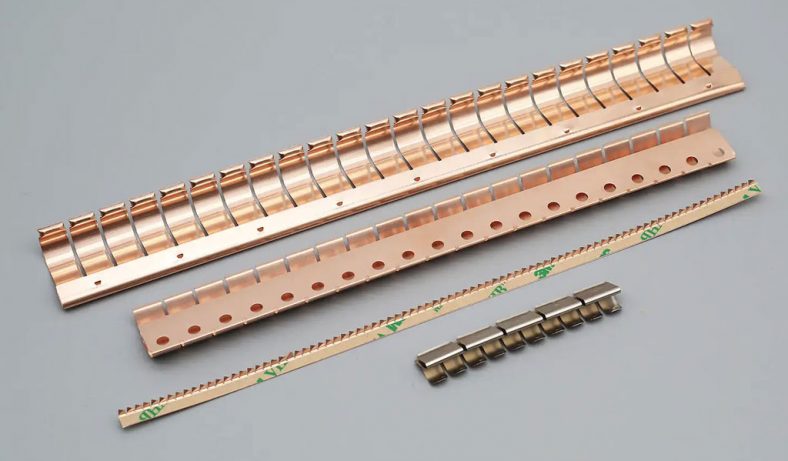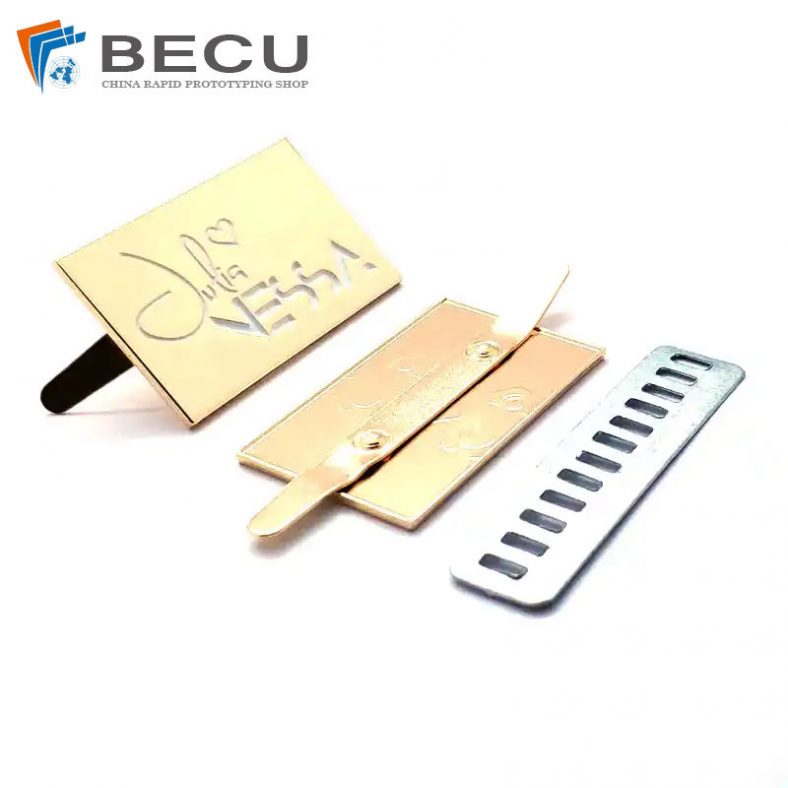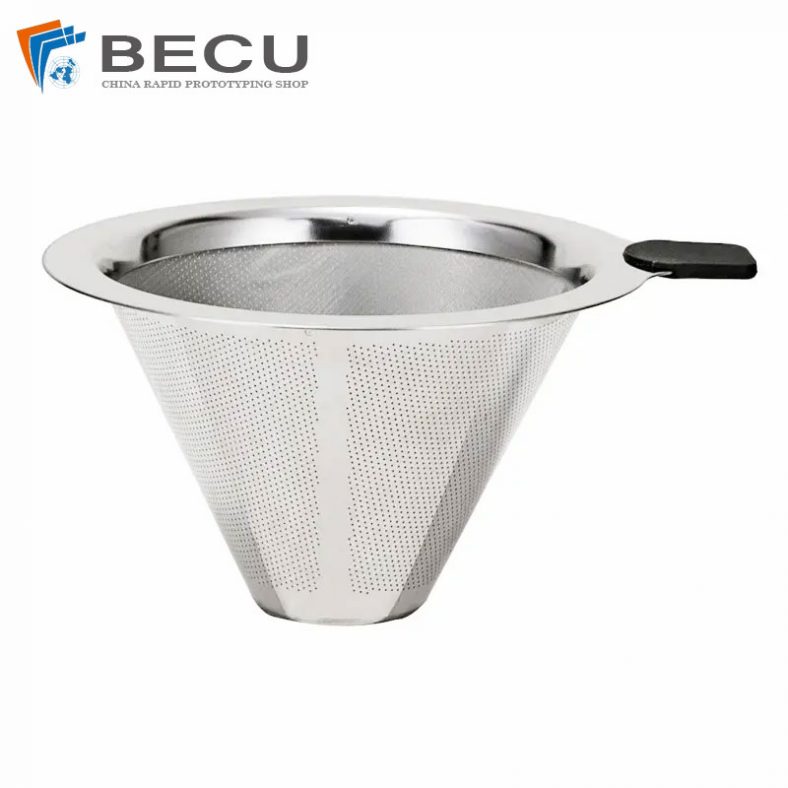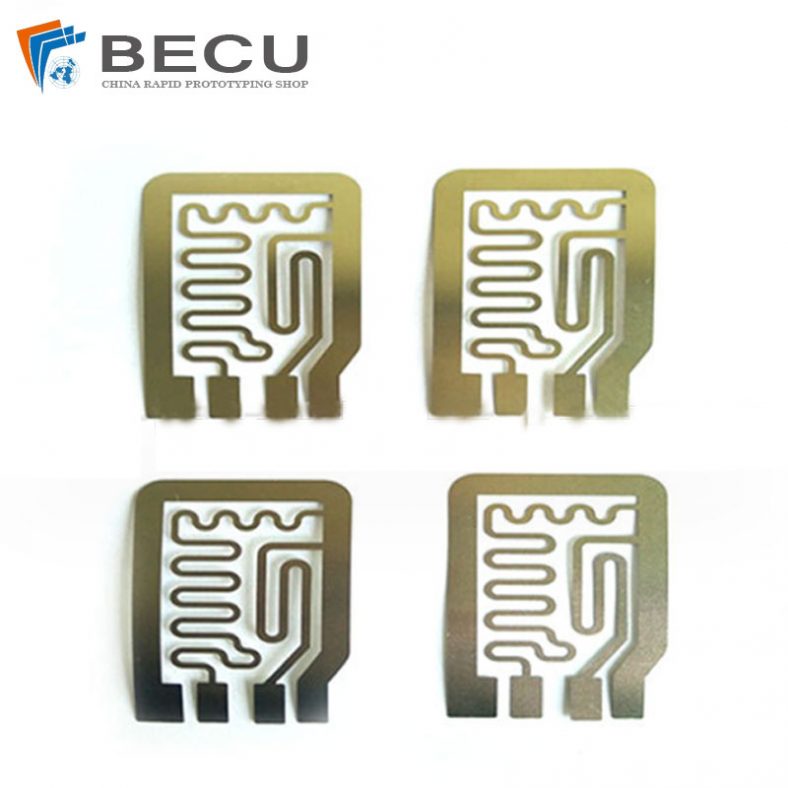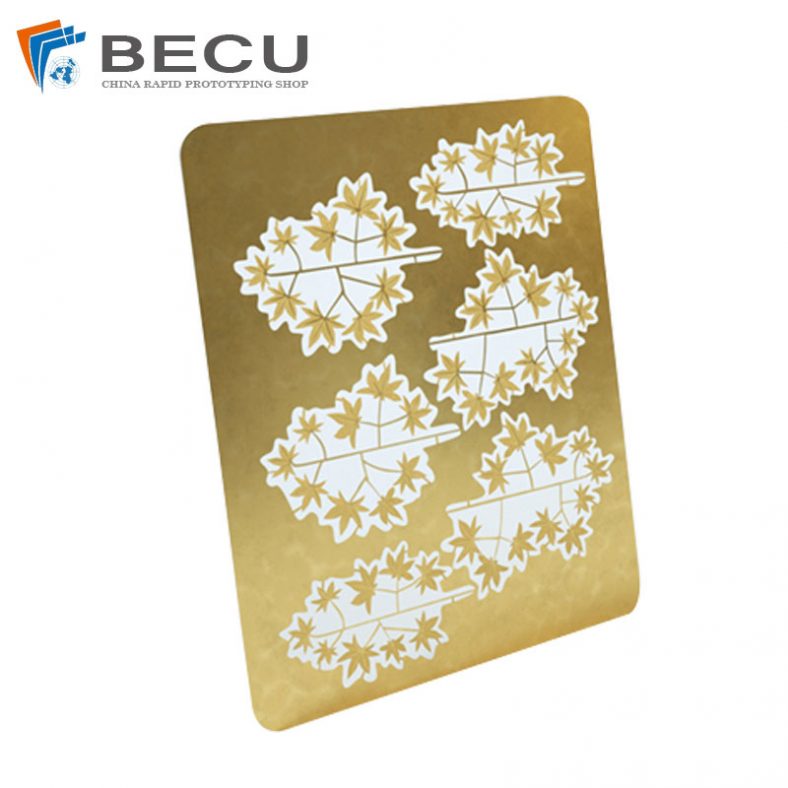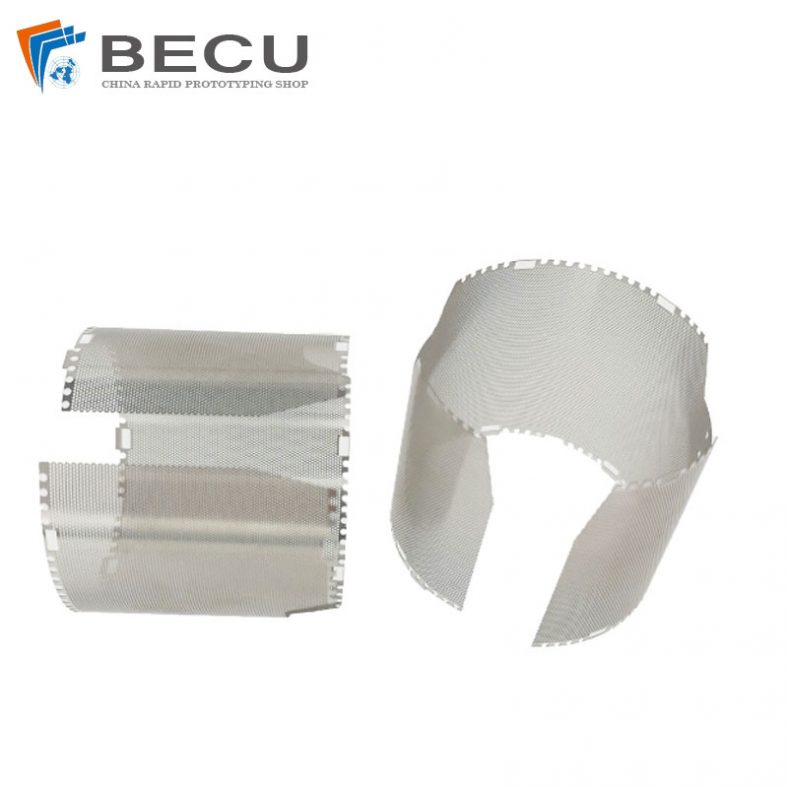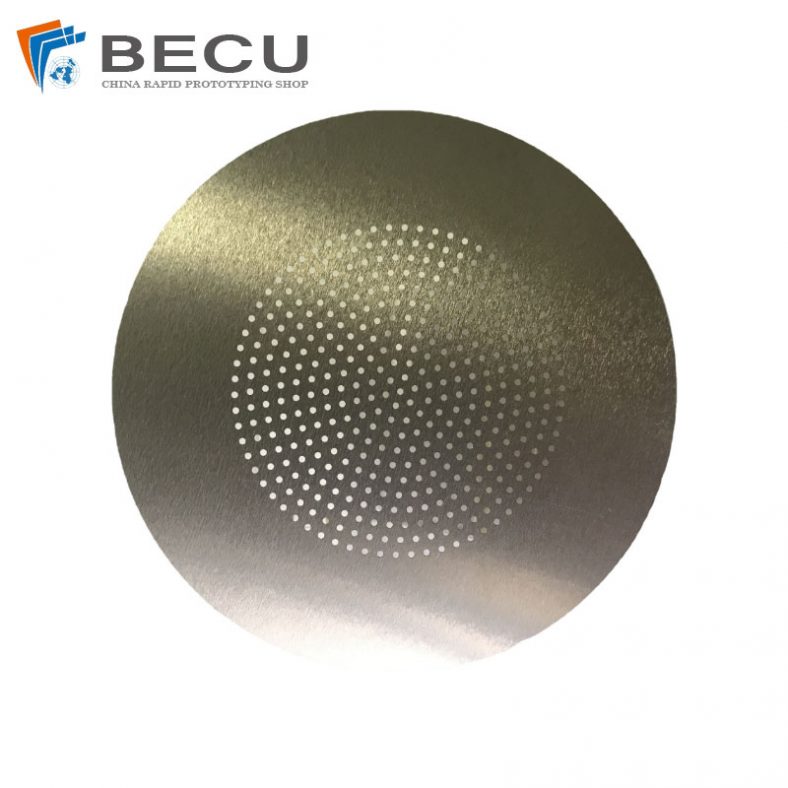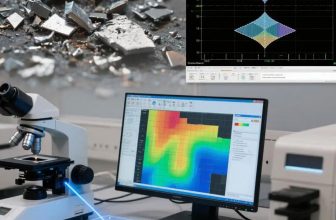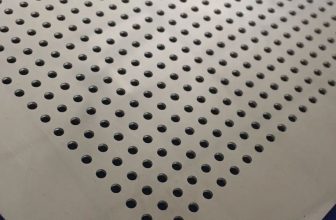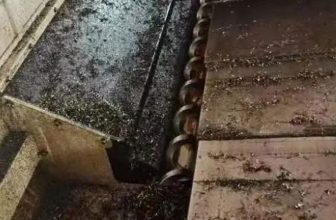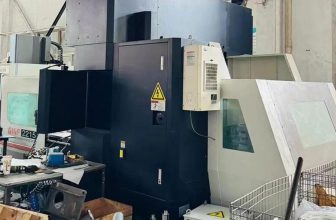Molybdenum disulfide (MoS₂), a two-dimensional (2D) transition metal dichalcogenide (TMD), has emerged as a cornerstone material in the rapidly evolving field of quantum valleytronics, a paradigm that leverages the valley degree of freedom in electronic band structures to encode and process information. The ability to manipulate MoS₂ at the atomic level, particularly through single-atom-precision etching, has opened new avenues for designing nanoscale devices with unprecedented control over electronic, optical, and quantum properties. This article provides a comprehensive exploration of single-atom-precision etching techniques for MoS₂, their implications for quantum valleytronics, and the broader impact on next-generation electronics. The discussion encompasses the material properties of MoS₂, the physics of valleytronics, etching methodologies, experimental advancements, theoretical frameworks, device applications, and future challenges.
1. Introduction to MoS₂ and Quantum Valleytronics
1.1 Overview of MoS₂
Molybdenum disulfide (MoS₂) is a layered material belonging to the family of transition metal dichalcogenides (TMDs), characterized by its chemical formula MX₂, where M is a transition metal (e.g., Mo, W) and X is a chalcogen (e.g., S, Se, Te). Each layer of MoS₂ consists of a hexagonal lattice of molybdenum atoms sandwiched between two layers of sulfur atoms, forming a three-atom-thick S–Mo–S structure. Bulk MoS₂ is an indirect bandgap semiconductor with a bandgap of approximately 1.29 eV, while monolayer MoS₂ transitions to a direct bandgap of around 1.9 eV due to quantum confinement effects. This layer-dependent bandgap, coupled with strong spin-orbit coupling and unique valley physics, makes MoS₂ a promising material for electronic, optoelectronic, and quantum applications.
The atomic thinness of MoS₂, typically 0.65–0.7 nm per monolayer, allows for exceptional electrostatic control, high carrier mobility, and compatibility with flexible substrates. Its mechanical robustness, with a Young’s modulus of approximately 270 GPa, and chemical stability further enhance its suitability for nanoscale device fabrication. However, realizing the full potential of MoS₂ in quantum valleytronics requires precise control over its structure at the atomic scale, which necessitates advanced fabrication techniques such as single-atom-precision etching.
1.2 Quantum Valleytronics: Principles and Significance
Quantum valleytronics is an emerging field that exploits the valley degree of freedom in certain semiconductors, where valleys refer to local minima in the conduction band or maxima in the valence band within the electronic band structure. In MoS₂, the conduction and valence band extrema occur at the K and K′ points of the hexagonal Brillouin zone, forming degenerate but inequivalent valleys. These valleys can be selectively populated or manipulated using circularly polarized light, electric fields, or magnetic fields, enabling the encoding of information in the valley pseudospin, analogous to spin in spintronics.
The valley degree of freedom offers several advantages for quantum information processing. Unlike charge-based electronics, valley-based systems can operate with lower energy dissipation due to the absence of charge transport. Additionally, the valley pseudospin is robust against certain types of scattering, such as smooth potential variations, making it a promising candidate for fault-tolerant quantum computing. In MoS₂, the strong spin-orbit coupling splits the valence band by approximately 150–200 meV, leading to spin-valley locking, where the spin and valley degrees of freedom are coupled. This property enables selective optical excitation of valley-polarized carriers, a key mechanism in valleytronic devices.
Single-atom-precision etching of MoS₂ enhances the control over valleytronic properties by enabling the creation of atomically precise nanostructures, such as quantum dots, nanoribbons, and nanopores, which can confine carriers and modulate valley dynamics. Such precision is critical for tailoring the electronic band structure, enhancing valley polarization, and integrating MoS₂ into complex quantum circuits.
2. Material Properties of MoS₂ Relevant to Valleytronics
2.1 Electronic Band Structure
The electronic band structure of MoS₂ is central to its valleytronic applications. In bulk form, MoS₂ exhibits an indirect bandgap, with the valence band maximum at the Γ point and the conduction band minimum along the Γ–K direction. As the material is thinned to a monolayer, the bandgap becomes direct, with both the conduction and valence band extrema located at the K and K′ points. This transition arises from the weakening of interlayer interactions and the enhancement of quantum confinement effects.
The K and K′ valleys are degenerate in energy but possess distinct Berry curvature and orbital magnetic moments due to the lack of inversion symmetry in monolayer MoS₂. The Berry curvature leads to valley-contrasting Hall effects, while the magnetic moments enable valley-selective optical transitions. The bandgap energy of monolayer MoS₂, approximately 1.9 eV, corresponds to the visible spectrum, making it suitable for optoelectronic applications such as photodetectors and light emitters.
2.2 Spin-Orbit Coupling and Spin-Valley Locking
Spin-orbit coupling (SOC) in MoS₂ arises from the heavy molybdenum atoms and significantly influences its valleytronic properties. In the valence band, SOC induces a splitting of approximately 150–200 meV, separating spin-up and spin-down states. This splitting, combined with the lack of inversion symmetry, results in spin-valley locking, where carriers in the K valley have opposite spin orientations compared to those in the K′ valley. For example, in the K valley, the valence band maximum is dominated by spin-up holes, while in the K′ valley, it is dominated by spin-down holes.
Spin-valley locking enables robust valley polarization, as optical excitation with circularly polarized light (e.g., σ⁺ or σ⁻) selectively populates one valley while conserving spin. This phenomenon is critical for valleytronic devices, as it allows for the generation and manipulation of valley-polarized excitons, trions, and biexcitons. Single-atom-precision etching can further enhance spin-valley coupling by introducing confinement effects or strain, which modify the local band structure and SOC strength.
2.3 Excitonic Effects
MoS₂ exhibits strong excitonic effects due to reduced dielectric screening in its 2D structure. Excitons, which are bound electron-hole pairs, have binding energies on the order of 0.5–1 eV in monolayer MoS₂, significantly higher than in conventional semiconductors like silicon. These excitons dominate the optical properties of MoS₂, with prominent A and B exciton peaks at approximately 1.9 eV and 2.1 eV, respectively, corresponding to transitions at the K and K′ points.
In the context of valleytronics, excitons and their charged counterparts (trions) are key carriers of valley polarization. The valley-dependent selection rules allow excitons in the K and K′ valleys to be addressed independently, enabling optical control of valley states. Single-atom-precision etching can modulate excitonic properties by creating quantum-confined structures, such as quantum dots, which enhance exciton binding energies and alter recombination dynamics. For example, etching-induced defects or edges can introduce localized states that influence exciton lifetimes and valley relaxation.
3. Single-Atom-Precision Etching Techniques for MoS₂
3.1 Overview of Etching Methods
Single-atom-precision etching refers to the controlled removal of individual atoms or atomic layers from a material to achieve nanoscale features with atomic-scale accuracy. For MoS₂, etching techniques must account for its three-atom-thick layered structure (S–Mo–S) and the need to preserve the structural and electronic integrity of the remaining material. Several methods have been developed to achieve this precision, including atomic layer etching (ALE), electrochemical reaction (ECR), focused electron beam etching, and soft plasma etching. Each method offers unique advantages and challenges, which are discussed below.
3.2 Atomic Layer Etching (ALE)
Atomic layer etching (ALE) is a cyclic process that removes material layer by layer through self-limiting chemical reactions. For MoS₂, ALE typically involves two steps: (1) radical adsorption, where reactive species (e.g., Cl or F radicals) chemisorb onto the surface, and (2) desorption, where low-energy ion bombardment (e.g., Ar⁺ ions) removes the reacted compounds. The self-limiting nature of ALE ensures precise control over the etching depth, making it ideal for thinning MoS₂ from multilayer to monolayer or creating atomically precise patterns.
A seminal study published in ACS Applied Materials & Interfaces (2017) demonstrated ALE of MoS₂ using Cl adsorption followed by Ar⁺ ion exposure. The process achieved uniform layer-by-layer removal without significant damage to the underlying layers, preserving the material’s electronic properties. The etching rate was tunable, allowing for complete removal or retention of a specific number of layers. The study highlighted the distinct etching mechanism of MoS₂ compared to graphene, attributed to the three-atom-thick S–Mo–S structure, which requires breaking multiple chemical bonds per layer.
3.3 Electrochemical Reaction (ECR) Etching
Electrochemical reaction (ECR) etching exploits the chemical reactivity of MoS₂ to create nanopores or remove atoms with subnanometer precision. This method involves applying a voltage to a MoS₂ monolayer in an electrolyte, initiating reactions at defect sites or single-atom vacancies. The reaction propagates by sequentially removing atoms or unit cells, forming nanopores with diameters as small as 0.5 nm.
A notable example is the work published in Nano Letters (2015), which developed an ECR-based method for fabricating nanopores in monolayer MoS₂ for DNA sequencing applications. The process was initiated at defect sites and controlled to achieve subnanometer precision, offering a scalable alternative to focused electron beam etching. ECR etching is particularly advantageous for its low cost, compatibility with large-scale fabrication, and minimal damage to the surrounding lattice.
3.4 Soft Plasma Etching – Etching Mechanism
Soft plasma etching utilizes low-energy plasma, typically SF₆ + N₂, to achieve atomic-layer-precision thinning of MoS₂. This method minimizes ion-bombardment-related damage by employing electrons with energies below 0.4 eV. A study in Scientific Reports (2016) demonstrated uniform removal of MoS₂ layers across domains with varying initial thicknesses, achieving monolayer precision without affecting the underlying SiO₂ substrate. The etching rate was adjustable, enabling complete removal or retention of desired layers. The technique’s compatibility with semiconductor manufacturing processes makes it promising for large-scale production.
3.5 Focused Electron Beam Etching
Focused electron beam etching, performed in a transmission electron microscope (TEM), uses a high-energy electron beam to ablate atoms from MoS₂. While capable of single-atom precision, this method is time-consuming, expensive, and not scalable. It is primarily used for prototyping nanostructures, such as nanopores or quantum dots, but is less practical for industrial applications due to its low throughput.
3.6 Comparison of Etching Techniques
The following table compares the key features of the etching techniques discussed above:
| Technique | Precision | Scalability | Damage to Material | Cost | Applications |
|---|---|---|---|---|---|
| Atomic Layer Etching (ALE) | Atomic layer | High | Low | Moderate | Layer thinning, nanopatterning |
| Electrochemical Reaction (ECR) | Subnanometer | High | Low | Low | Nanopore fabrication, defect engineering |
| Soft Plasma Etching | Atomic layer | High | Very low | Moderate | Large-scale layer thinning |
| Focused Electron Beam | Single atom | Low | Moderate | High | Prototyping, quantum dot fabrication |
Precision: Refers to the smallest feature size or layer removal accuracy.
Scalability: Indicates suitability for large-scale manufacturing.
Damage to Material: Assesses the impact on the structural and electronic properties of the remaining MoS₂.
Cost: Relative cost of equipment and operation.
Applications: Primary use cases in valleytronic device fabrication.
4. Physics of Valleytronics in Etched MoS₂ Structures
4.1 Valley Polarization and Optical Selection Rules
Valley polarization in MoS₂ arises from the selective excitation of carriers in the K or K′ valley using circularly polarized light. The optical selection rules dictate that σ⁺ light excites electrons in the K valley, while σ⁻ light excites electrons in the K′ valley. This selectivity is a consequence of the valley-dependent Berry curvature and spin-valley locking. Single-atom-precision etching enhances valley polarization by creating confined structures, such as quantum dots or nanoribbons, which reduce intervalley scattering and increase the valley lifetime.
A study in Nano Letters (2013) measured valley relaxation dynamics in monolayer MoS₂ using ultrafast transient absorption spectroscopy. The results showed that electron valley depolarization occurs rapidly due to coupling with dark intervalley excitonic states, while hole valley relaxation is delayed up to 10 ps due to nondegenerate valence band spin states. Etching-induced confinement can extend these lifetimes by suppressing phonon-mediated scattering.
4.2 Exciton and Trion Dynamics
Excitons and trions in MoS₂ are strongly influenced by the local environment, including defects, edges, and confinement effects introduced by etching. Quantum dots etched into MoS₂ monolayers exhibit enhanced exciton binding energies due to spatial confinement, which strengthens Coulomb interactions. Similarly, trions, which are charged excitons, show valley-dependent dynamics that can be modulated by etching-induced doping or strain.
4.3 Valley-Contrasting Hall Effects
The Berry curvature in MoS₂ leads to valley-contrasting Hall effects, where carriers in the K and K′ valleys experience opposite transverse velocities in the presence of an electric field. This effect, known as the valley Hall effect, is enhanced in etched nanostructures due to the increased Berry curvature near edges or defects. For example, nanoribbons etched with atomic precision exhibit stronger valley Hall signals, enabling valley-based transistors and sensors.
5. Applications of Etched MoS₂ in Quantum Valleytronics
5.1 Valleytronic Transistors
Valleytronic transistors use the valley pseudospin to control current flow, offering lower power consumption and faster switching compared to charge-based transistors. Etched MoS₂ nanoribbons or quantum dots serve as the channel material, where valley polarization is induced optically or electrically. For instance, a valleytronic field-effect transistor (VFET) can modulate the valley Hall effect to achieve high on/off ratios.
5.2 Quantum Dot Arrays for Quantum Computing
Quantum dots etched into MoS₂ monolayers can trap valley-polarized carriers, forming qubits for quantum computing. The strong excitonic effects and spin-valley locking in MoS₂ enable robust qubit operations at room temperature, a significant advantage over traditional quantum systems. Arrays of quantum dots, fabricated with single-atom-precision etching, can be coupled to form scalable quantum circuits.
5.3 Optoelectronic Devices
Etched MoS₂ structures are ideal for optoelectronic devices, such as photodetectors, photovoltaics, and light emitters, due to their direct bandgap and valley-dependent optical properties. Nanopores or nanoribbons enhance light-matter interactions by confining excitons, improving device efficiency. For example, a valleytronic photodetector can distinguish between σ⁺ and σ⁻ polarized light, enabling polarization-sensitive imaging.
5.4 Comparison of Device Applications
The following table summarizes the applications of etched MoS₂ in valleytronic devices:Applications of Etched MoS₂ in ValleytronicsmarkdownShow inline
6. Experimental Advances in Etching and Valleytronics
6.1 Recent Breakthroughs
Recent experimental advances have significantly improved the precision and scalability of MoS₂ etching. For example, the development of soft plasma etching has enabled wafer-scale thinning of MoS₂ with monolayer precision, as reported in Scientific Reports (2016). Similarly, ECR-based nanopore fabrication has achieved subnanometer accuracy, opening applications in DNA sequencing and quantum sensing.
In valleytronics, breakthroughs in ultrafast spectroscopy have elucidated the dynamics of valley-polarized carriers, revealing the role of excitonic states and intervalley scattering. These insights guide the design of etched structures to maximize valley lifetimes. Additionally, the integration of MoS₂ with other 2D materials, such as hexagonal boron nitride (hBN), has improved device performance by reducing substrate-induced scattering.
6.2 Characterization Techniques
Characterizing etched MoS₂ structures is critical for validating their valleytronic properties. Common techniques include:
- Raman Spectroscopy: Probes layer-dependent vibrational modes, such as the E²g and A₁g peaks, to confirm etching uniformity.
- Photoluminescence (PL) Spectroscopy: Measures exciton and trion emission to assess valley polarization.
- Atomic Force Microscopy (AFM): Maps surface morphology and thickness with nanoscale resolution.
- Ultrafast Transient Absorption Spectroscopy: Resolves valley relaxation dynamics on picosecond timescales.
These techniques have confirmed that etched MoS₂ retains its electronic and optical properties, with minimal defect-induced degradation.
7. Theoretical Frameworks for Etched MoS₂ Valleytronics
7.1 Tight-Binding Models
Tight-binding models describe the electronic band structure of MoS₂ by considering nearest-neighbor interactions between Mo and S atoms. These models predict the valley-dependent properties of etched structures, such as the emergence of edge states in nanoribbons or confined states in quantum dots. For example, a tight-binding calculation for a MoS₂ quantum dot shows enhanced spin-valley coupling due to spatial confinement.
7.2 Density Functional Theory (DFT)
Density functional theory (DFT) provides a first-principles approach to modeling the electronic and optical properties of etched MoS₂. DFT simulations have revealed the impact of defects, strain, and doping on valley polarization, guiding the optimization of etching processes. For instance, DFT studies of fluorinated MoS₂ show enhanced reactivity toward etching agents, informing the design of ECR methods.
7.3 K·p Theory
The k·p theory approximates the band structure near the K and K′ valleys, capturing the effects of spin-orbit coupling and Berry curvature. This framework is particularly useful for modeling valley Hall effects in etched nanostructures, where edge effects dominate carrier transport.
8. Challenges and Future Directions
8.1 Scalability and Reproducibility
While single-atom-precision etching has achieved remarkable results in the laboratory, scaling these processes to industrial levels remains challenging. Issues such as uniformity, throughput, and cost must be addressed to enable commercial production of valleytronic devices. Advances in automation and process control are critical to overcoming these barriers.
8.2 Defect Management
Etching inevitably introduces defects, such as sulfur vacancies, which can degrade valley polarization and carrier mobility. Strategies to mitigate defects include post-etching annealing, chemical passivation, and encapsulation with hBN. Developing defect-tolerant designs, such as heterostructures, is also a promising direction.
8.3 Integration with CMOS Technology
Integrating etched MoS₂ with existing CMOS technology requires overcoming compatibility issues, such as thermal budgets and material interfaces. Recent progress in transferring MoS₂ onto flexible substrates using chemical-free methods offers a path forward, but further optimization is needed.
8.4 Future Prospects
The future of single-atom-precision etching for MoS₂ valleytronics is bright, with potential applications in quantum computing, ultra-low-power electronics, and advanced sensing. Emerging techniques, such as laser-assisted etching and site-selective CVD, promise to further enhance precision and functionality. Collaborative efforts between academia, industry, and government will be essential to translate these advances into practical technologies.
9. Conclusion
Single-atom-precision etching of MoS₂ represents a transformative approach to realizing the potential of quantum valleytronics. By enabling precise control over the material’s structure and properties, etching techniques such as ALE, ECR, and soft plasma etching have paved the way for innovative devices, from valleytronic transistors to quantum dot qubits. The unique electronic, optical, and valleytronic properties of MoS₂, combined with advances in etching technology, position it as a leading material for next-generation electronics. While challenges remain, ongoing research and development are poised to overcome these hurdles, ushering in a new era of quantum technologies.
This article has provided a detailed examination of the science, technology, and applications of single-atom-precision etching of MoS₂ for quantum valleytronics, supported by experimental data, theoretical insights, and comparative analyses. As the field continues to evolve, MoS₂-based valleytronics will likely play a central role in shaping the future of information processing and nanotechnology.

